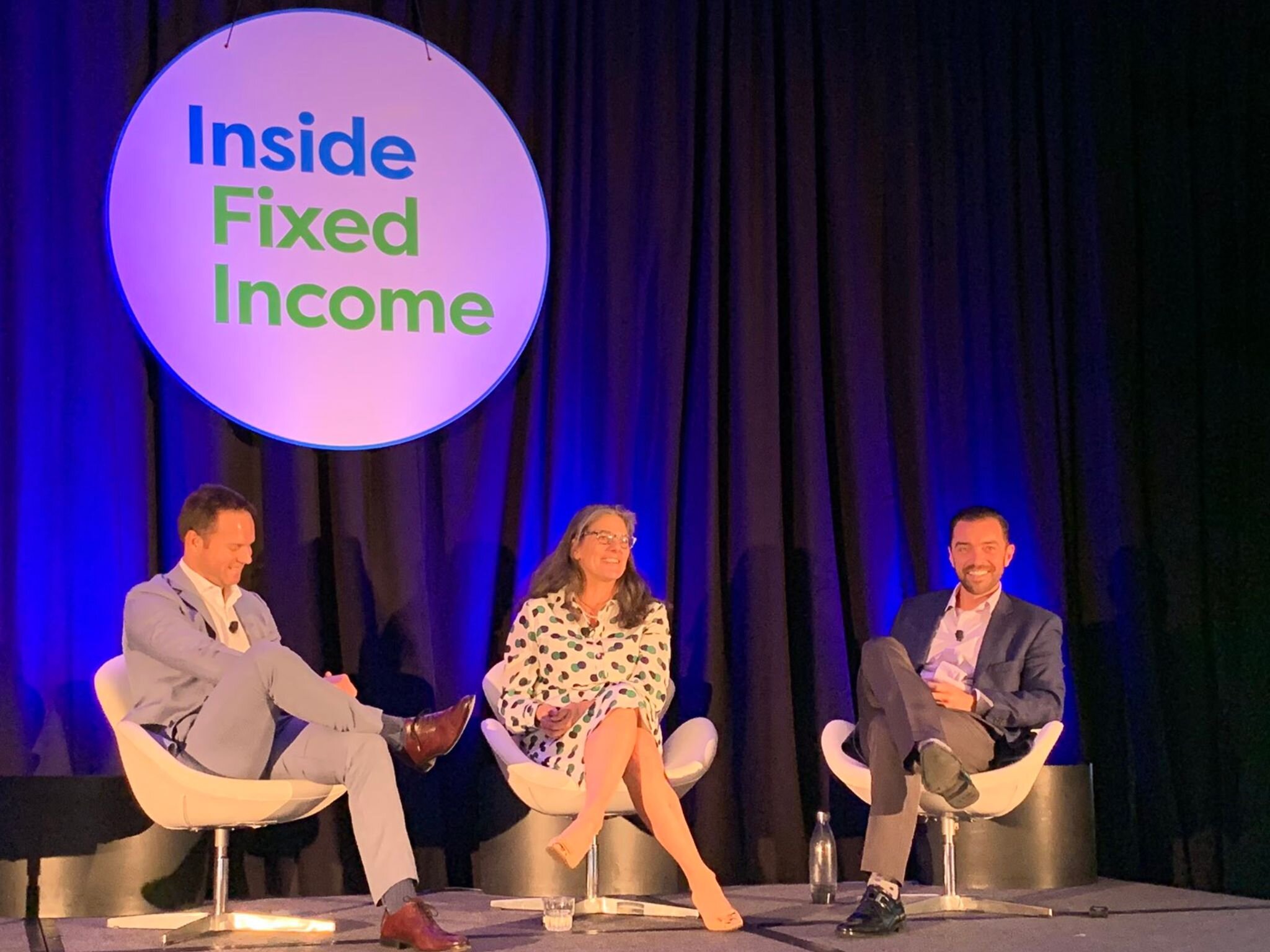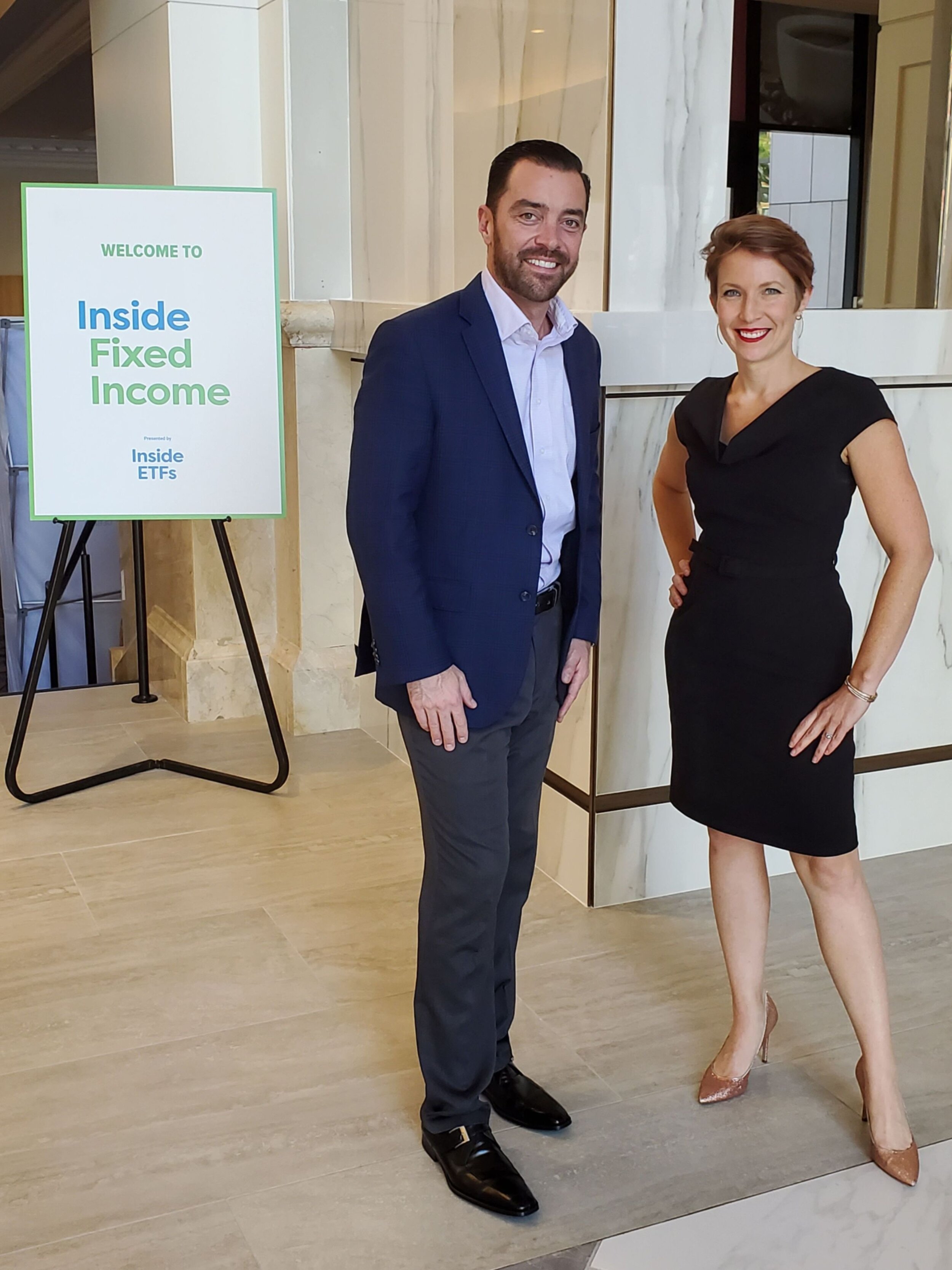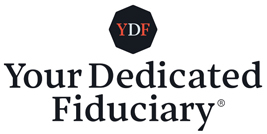
Vance Barse kept the laughs coming while moderating the “Leveraging Opportunities in Active Fixed Income Strategies” panel.
Few things in life are more exciting than talking about bonds and interest rates. Just kidding. For most people, it’s about as thrilling as watching paint dry. But, did you know it’s possible to get a big room full of fixed income propeller heads to belly laugh at a conference? It is, because I just made it happen at last week’s Inside Fixed Income conference in San Diego.
It was an honor to host the “Leveraging Opportunities in Active Fixed Income Strategies” panel, during which I was joined by Anne Mathias, Senior Strategist at Vanguard. We discussed the current interest rate environment, Federal Reserve, and what investors should know when incorporating bonds into their portfolios.
Key takeaways:
-
Lower for longer: despite U.S. stocks notching an all-time high and unemployment hovering at a 50-year low, the Federal Reserve has cut interest rates three times this year. Given the prospects of a global slowdown, the Fed is likely to keep interest rates low for the foreseeable future.
-
Structure: investors should know which structure—an actively managed mutual fund, individual bond, or exchange-trade fund (“ETF”)—is historically the best fit for accessing certain fixed income sectors.
-
Quality: while higher yields (meaning, more income) may be available from high-yield bonds with lower credit quality (known as “junk bonds”), investors should consider building their bond portfolios with a core allocation to higher quality fixed income. This is because these higher quality bonds tend to have higher credit ratings.



Sonya Dreizler and Vance Barse catch up at the Inside Fixed Income conference in San Diego.
I also had the privilege of catching up with industry friend and keynote speaker Sonya Dreizler, one of the preeminent SRI and ESG investing experts. SRI stands for Sustainable, Responsible, & Impact investing and ESG stands for Environmental, Social, and Governance investing. While SRI and ESG investing has gained more traction in recent years, they are by no means new.
Combined, SRI and ESG investing represent what is known as “Impact Investing”. The Global Impact Investing Network shares that, “Impact Investments are investments made with the intention to generate positive, measurable social and environmental impact alongside a financial return.” Yes, this includes bonds. If you’d like to learn more about Impact Investing, or have specific questions on SRI and ESG, please reach out using this contact form.
As we head into the final stretch of 2019, I trust that you are looking forward to a fulfilling holiday season.
